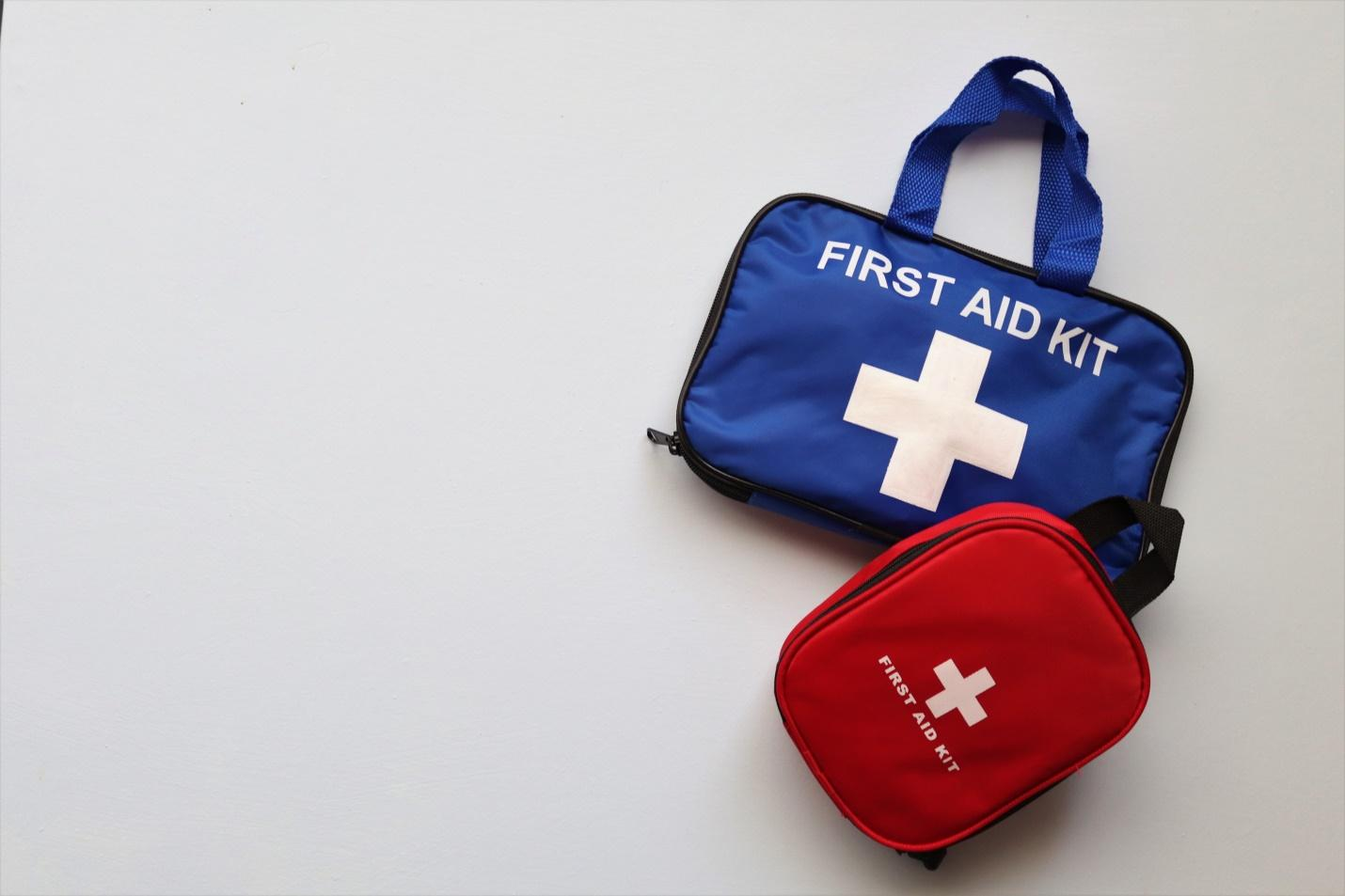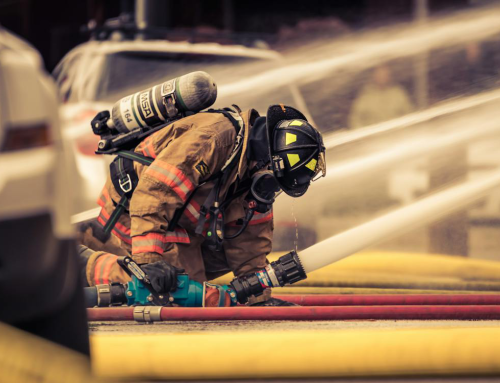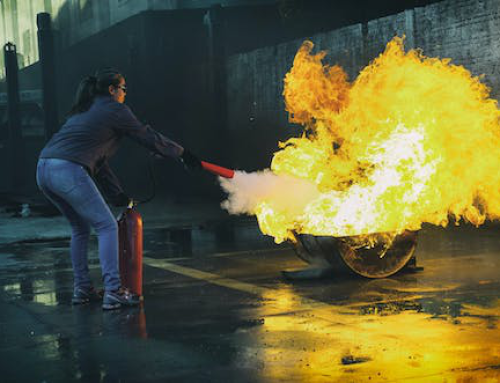Workplace safety is a top concern for employers today because, without safe and healthy workers, a business cannot thrive. This is why companies in British Columbia and across the country integrate safety guidelines into daily operations. However, even in the safest workplace, accidents are not 100% preventable, and there is always a risk of an employee injuring themselves on the job.
This inherent risk is why it is crucial for workplaces to have first aid provisions. Immediate and correct first aid response can prevent a minor slip from turning into a severe injury.
Read on to learn about the most common workplace injuries and how first aid provisions are as necessary as Occupational First Aid (OFA) 1 training and OFA 2 training.
Most Common Workplace Injuries
Every year, around 2.6 million non-fatal work-related injuries are reported, which means, on average, 3 out of every 100 workers will be in some accident in the workplace. The most common injuries seen in BC workplaces are listed below.
- Trips, slips, and fallsare, in most cases, caused by external factors, such as slippery floors, poor lighting, and hazards on the ground, such as exposed cables. These accidents can cause bruises, cuts, dislocations, and fractures.
- Repetitive strain injuriesare caused by overworked hands, arms, shoulders, neck, or back. These are seen chiefly in office workers who spend extended time working on computers.
- Muscle injuries are caused by manual work such as pushing, pulling, lifting, and carrying objects. Too heavy loads, incorrect handling posture, and overworking are all factors that can cause muscle injuries.
- Equipment and machinery injuries, especially in the manufacturing industry, are the most dangerous, with the highest number of fatal accidents. Factors such as inadequate training and poorly maintained equipment cause severe injuries such as fractures, amputations, lacerations, and paralysis.
If a BC workplace does not have the appropriate first aid measures in place to handle even the most common injuries, they are putting the lives of their workers at risk. Minor accidents can quickly become serious injuries, and employees suffer unnecessary pain and trauma. Lack of first aid can lead to more extended hospitalisation, increased recovery time, and possible permanent physical and mental damage.
In such situations, the employees and the businesses suffer. Not only do businesses have to manage with reduced staffing, but they open themselves up to lawsuits and tarnish their public image, becoming a company that does not care about the people who work for them. All this can snowball and make other employees feel unsafe, forcing them to leave and deter others looking for employment.
Must-Have First Aid Provisions
To provide immediate attention in the case of any accident, injury, or illness, all employers must ensure their workplace has the necessary facilities, such as equipment and people who have completed occupational first aid courses. BC companies must prepare according to the specific workplace and the type of injuries most commonly seen.
For example, in a manufacturing plant, a dedicated, fully equipped medical room with a doctor on staff may be necessary as injuries can be more serious. In an office, a medical room with a first kit with trained personnel may be enough. The bare minimum first aid provisions are listed below.
Stocked First Aid Kit
A workplace first aid kit should have all the items necessary to handle its most common accidents and injuries. This includes:
- Antiseptics and ointments
- Burn dressings
- Cold compressions
- Compression bandages
- Eye patches
- Eyewash and saline solution
- Fabric adhesive bandages in various sizes and colours
- Gauze bandage rolls
- Gauze pads
- Medical gloves
- Over-the-counter pain medication
- Sugar packets
- Surgical masks
- Surgical scissors
- Surgical tape
- Thermometer
The items mentioned above are the bare minimum needed. Each employer should assess the requirements of their workplace and then update first aid kits as needed.
Appointed First Aid Personnel
A box of medical equipment is only useful if someone there knows how to use it. This is why every workplace must have designated personnel with OFA 2 training or, better, OFA level 3 training.
Employees who have completed a first aid level 2 course will have the immediate emergency skills to provide first aid as necessary. They will be able to:
- Make initial assessments of injured employees
- Provide first aid for minor wounds, burns, limb fractures, dislocations, and repetitive strain injuries
- Manage airways for unresponsive ones
- Carry out critical interventions
- Manage shock
- Do CPR and use a defibrillator
If a workplace is more than 20 minutes away from a medical facility, designated employees need to complete a first aid level 3 course. This program builds on the skills and techniques learned in OFA 2 training. As level 3 is a more comprehensive program and requires more time, many training schools offer part-time/evening OFA 3 training. Additional skills learned to include:
- Managing spinal injuries
- Supporting and transporting injured employees
- Applying hard collars and other supports
- Managing breathing distress and failure
- Controlling excessive bleeding
- Managing eye injuries
- Managing illnesses
Employee Awareness
Once a workplace has put these first aid provisions in place, all employees should know that such facilities are available and be encouraged to use them. Regular health and safety meetings and informational emails help keep employees aware of the available resources and any changes to safety procedures.
Another way to improve workplace safety and awareness is to have all employees take a certified WorkSafe BC occupational first aid level 1 course. This way, everyone in the workplace can respond calmly to common accidents and injuries when a designated employee is unavailable.
Wrapping Up
If you want to turn your workplace into a safe environment for your employees, take advantage of places like Metro Safety, one of the WorkSafe BC-certified first aid training schools. BC businesses that put the effort to provide first aid training to their employees and set up first aid provisions on site have seen an overall decrease in employee downtime and a boost in employee morale. That is the win-win situation everyone wants.







